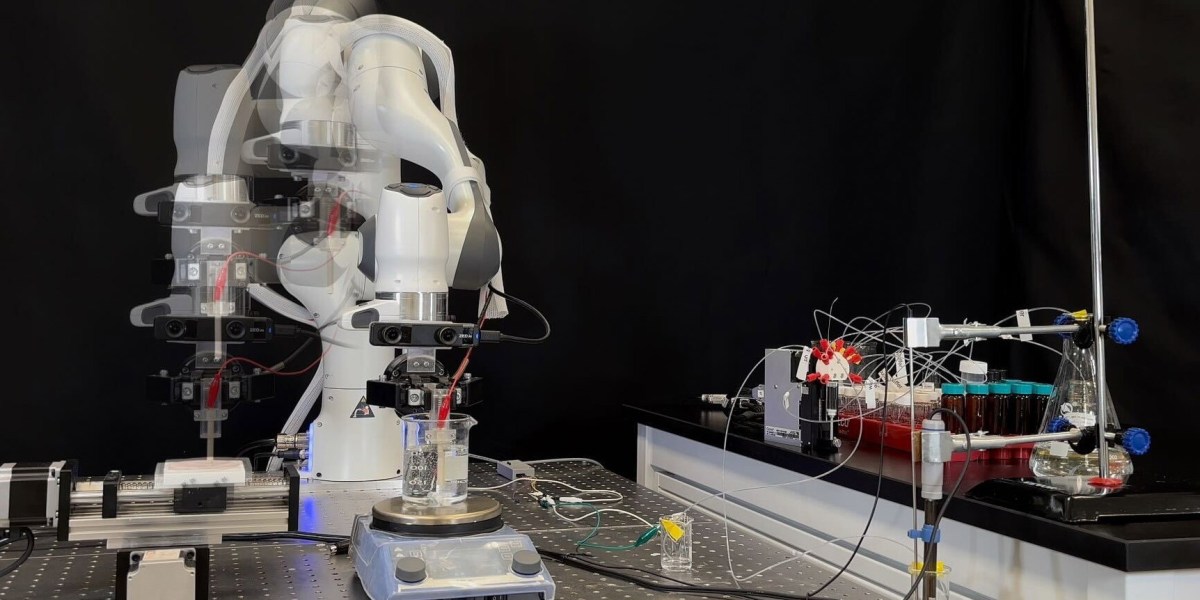Imagine having a robot that can collaborate with a human scientist on a chemistry experiment, says Alán Aspuru-Guzik, a chemist, computer scientist, and materials scientist at the University of Toronto, who is one of the project’s leaders. Aspuru-Guzik’s vision is to elevate traditional lab automation to “eventually make an AI scientist,” one that can perform and troubleshoot an experiment and even offer feedback on the results.
Aspuru-Guzik and his team designed Organa to be flexible. That means that instead of performing only one task or one part of an experiment as a typical fixed automation system would, it can perform a multistep experiment on cue. The system is also equipped with visualization tools that can monitor progress and provide feedback on how the experiment is going.
“This is one of the early examples of showing how you can have a bidirectional conversation with an AI assistant for a robotic chemistry lab,” says Milad Abolhasani, a chemical and material engineer at North Carolina State University, who was not involved in the project.
Most automated lab equipment is not easily customizable or reprogrammable to suit the chemists’ needs, says Florian Shkurti, a computer scientist at the University of Toronto and a co-leader of the project. And even if it is, the chemists would need to have programming skills. But with Organa, scientists can simply convey their experiments through speech. As scientists prompt the robot with their experimental objectives and setup, Organa’s LLM translates this natural-language instruction into χDL codes, a standard chemical description language. The algorithm breaks down the codes into steps and goals, with a road map to execute each task. If there is an ambiguous instruction or an unexpected outcome, it can flag the issue for the scientist to resolve.

